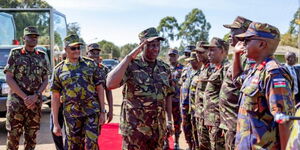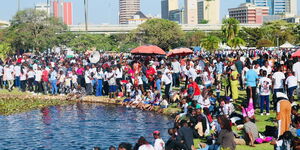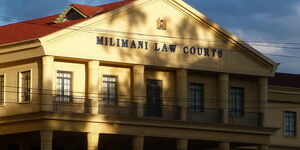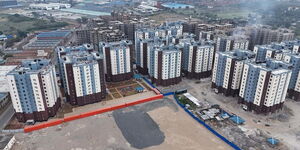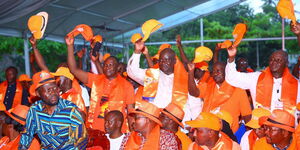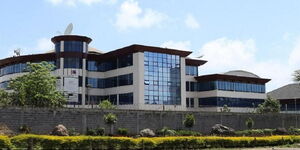The doctors' strike entered its third day on Saturday, March 16, and the nation has found itself grappling with the dire consequences of an ongoing healthcare crisis.
We review things that have happened since the start of the strike on Wednesday, March 13:
On Thursday, doctors were directed to reach an agreement with the government on critical services they would provide amidst the strike to ensure the safety and health of patients requiring essential services.
Employment and Labour Relations Court Judge Byram Ongaya had given members of the Kenyan Medical Practitioners Pharmacists and Dentists Union (KMPDU), Health Cabinet Secretary Susan Nakhumicha, and her Labour counterpart Florence Bore until noon on Thursday to come to an agreement and file a report in court today for further directions.
"Pending the return date or further orders by the court, the union's officials and members shall continue to work without intimidation, harassment, victimisation or discrimination ... and with full prevailing contractual benefits," the judge directed.
The Kenyatta National Hospital (KNH) on Wednesday filed a petition under a certificate of urgency seeking a suspension of the strike, terming it unlawful.
KMPDU maintained that the strike was on and that they would not be engaged in any mediation talks.
"Doctors are not in hospitals. We will not be intimidated. All we are asking for from the government is to allow us to strike in peace. We will not be part of the scheduled mediation meeting. We are not children to be tossed around," KMPDU Secretary-General Davji Atellah said.
Dr Atellah lamented that, for years, doctors have been humiliated, intimidated and frustrated by the government, which "wants us to beg and kneel while asking for our rights".
The strike, initiated by the Kenya Medical Practitioners Pharmacists and Dentists Union (KMPDU), is a result of unresolved grievances over unmet promises from a 2017 collective bargaining agreement.
The standoff has left patients stranded and hospitals overwhelmed across the country, reigniting concerns over the fragile state of Kenya's public healthcare system.
Day One: The Call for Comprehensive Medical Cover
Despite directives from the Employment and Labour Relations Court, doctors proceeded with the strike, dismissing calls for negotiation talks.
Davji Bhimji, the secretary-general of KMPDU, reported the participation of 4,000 doctors in the strike, defying a court order urging suspension of the strike for negotiation talks.
Day Two: Impact on Healthcare Services
The strike's repercussions were widespread, leaving hospitals across the nation understaffed and many patients unattended.
Pauline Wanjiru, a concerned parent, recounted being turned away from a hospital in Kakamega County, western Kenya when seeking treatment for her son's broken leg.
The strike's genesis lies in the discontent over inadequate wages and the government's failure to address healthcare infrastructure concerns. Despite previous assurances, the government admitted a lack of funds to meet doctors' demands, particularly regarding the posting of interns.
Day Three: The Standoff Continues
As the strike progresses into its third day, tensions persist between the striking doctors and the government. Efforts to halt the strike through legal means have been met with defiance from the KMPDU, citing past governmental negligence of court orders regarding doctors' issues.
While some regions experienced reduced hospital activities due to the strike, others witnessed a complete shutdown of essential medical services. Coastal and Rift Valley regions reported significant disruptions in cancer care, dialysis, and surgical procedures.
Ongoing Negotiations and Challenges
Despite the court's intervention to suspend the strike temporarily, the KMPDU maintains its stance, insisting on the full implementation of the 2017 Collective Bargaining Agreement. Negotiations facilitated by the government involve multiple stakeholders, including county governments and national referral hospitals, aiming to find a resolution.
The strike has left patients stranded and exacerbated existing healthcare challenges, such as understaffing and inadequate medical infrastructure. The KMPDU remains resolute in its demands, emphasizing the crucial role of medical interns and the need for comprehensive health coverage for doctors.
Additional Developments: Voices from the Field
In Mombasa County, doctors joined the nationwide strike, intensifying pressure on the government to address their grievances. Patients in various regions faced challenges accessing medical services, with public hospitals struggling to cope with reduced staffing levels.
Despite legal interventions to halt the strike, doctors remained steadfast in their demands, underscoring the urgency of addressing systemic issues within the healthcare sector. The ongoing strike underscores the need for comprehensive reforms to ensure equitable access to quality healthcare for all Kenyans.


